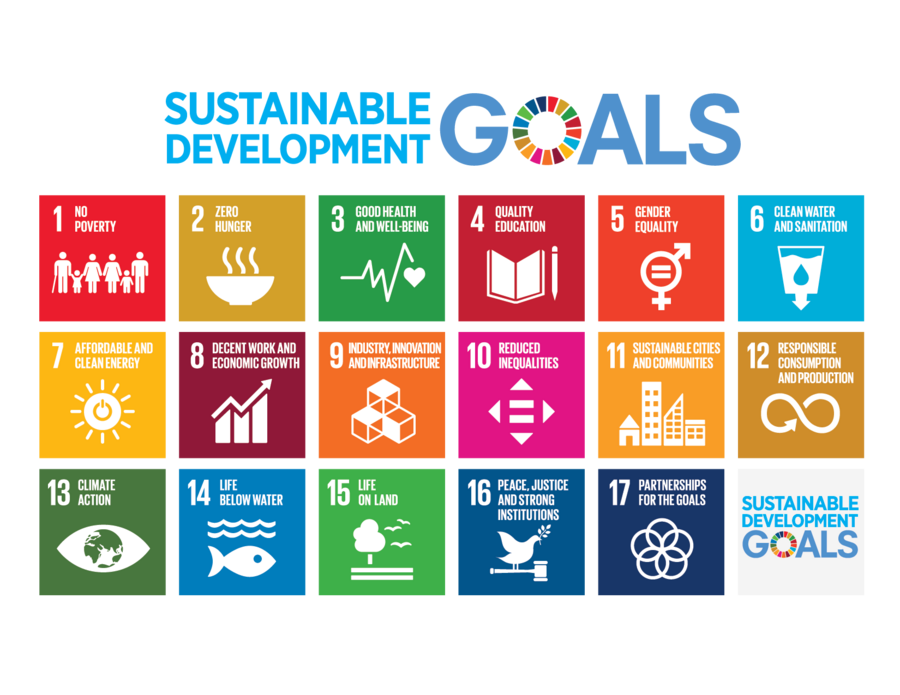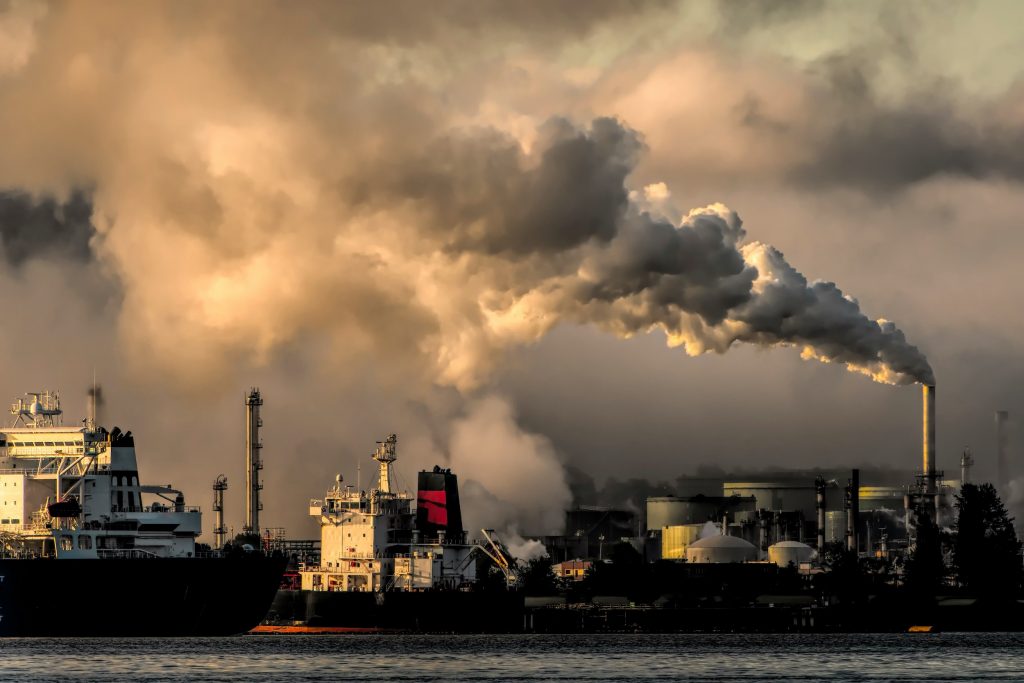AI is everywhere right now, and for good reason. We’ve looked at 4 ways artificial intelligence will impact the commodity trade and – possibly even more interesting – we are enriching the Agiblocks suite with the AI prowess of CommodityAI to integrate their next level AI platform into our flagship CTRM software solution. In this update, we would like to look at a particular but important part of businesses, and how AI can lend a helping hand there as well: ESG – Environmental, Social & Governance.
More specifically: meeting the goals of the Paris Agreement.
The Paris Agreement includes commitments from all countries to reduce their emissions and work together to adapt to the impacts of climate change, and calls on countries to strengthen their commitments over time.
What is Environmental, Social and Governance (ESG) – and why is it important?
Environmental, Social and Governance (ESG) allows companies to contribute to creating a sustainable and inclusive future. It is a concept that allows you to assess the sustainability and social impact of companies and organisations. For both CSR (Corporate Social Responsibility) and ESG, promoting climate-friendly and socio-ethical ways of doing business is paramount. The advantage of ESG over CSR is that it has a higher international profile.
ESG principles have their origins in the 17 Sustainable Development Goals established by the UN. Known as the Sustainable Development Goals (SDGs), these development goals were devised to fight poverty, continue to grow economically and take good care of the climate.

From ESG to goals
ESG factors can be linked to the SDGs at the corporate level. The 17 SDGs have been converted into 10 ESG principles that give companies a direction in which to act to develop an ESG strategy – including supporting precautionary measures for environmental challenges, taking initiatives to assume more environmental responsibility, and encouraging the development and dissemination of environmentally friendly technology.
From goals to means
Reducing carbon emissions is an important part of the Paris Agreement. Targets included necessary reductions required to keep warming to no more than 1.5 degrees Celsius, the most ambitious goal of the Paris Agreement – and what the latest science has told us is needed to prevent the most damaging effects of climate change.
Reducing carbon emissions is a business imperative. Carbon emissions are responsible for about 80 percent of overall greenhouse gas emissions, the others being methane (10 percent), nitrous oxide (7 percent) and fluorinated gases (3 percent). Which is why businesses must monitor and report their CO2 emissions – the first step in reducing them.

What is carbon traceability?
Carbon tracking involves gathering data on a company’s greenhouse gas (GHG) emissions, including direct emissions (Scope 1), indirect emissions from purchased electricity, heat, and steam (Scope 2), and indirect emissions from the value chain (Scope 3).
More specifically, Scope 3 involves tracking carbon emissions from their sources to consumption points in a supply chain.
It helps identify emission sources, measure emissions at each stage, and monitor their movement.
Monitoring is half the work
It’s not just carbon tracking for ESG (or SDG) purposes. From 2025 on, there will be several new laws for trade – ESG, CSRD, EUDR. It’s all about social-economic sustainability and responsibility and the proper documentation of each in every step of the way so that CFO’s and CEO’s can be accountable for it in their annual accounts and financial statements.
When we’re talking about sustainability in the commodity industry, another big factor is deforestation monitoring. This is particularly relevant when you think that you can trace sourced commodities to their exact geolocation and receive evidence for the deforestation status of each of your suppliers. AI-powered satellite monitoring enables you to ensure compliance at scale. In Agiblocks, we offer tools that allow carbon footprint reporting.
Artificial Intelligence (AI) can play an essential role in helping companies calculate their product carbon footprint. What’s compelling here is being able to monitor it. It’s nice to have goals, it’s better to have ways to actually monitor and, if necessary, adjust your progress along the way. Digitization of the supply chain is one way to reduce carbon emissions, while carbon traceability is the way forward to reach the net zero goals.

Agiblocks 4.0: try it out
The fully realized versions of our new functionality is already available, as gradual implementation for several of our clients has been followed by a full-scale launch of Agiblocks 4.0 over the last month. If you’d like to see for yourself, be sure to contact us and find out how we can improve your daily routine too.
As trade margins have decreased and oversight increased, keeping costs down and minimizing errors has naturally become the focus of many commodity-related firms. There are many, many different aspects to deal with all at once – ranging from physical commodities, commodity trading and speculative trading to commodity logistics and finance and risk management. We’ve got you covered with Agiblocks, our flagship CTRM solution.

